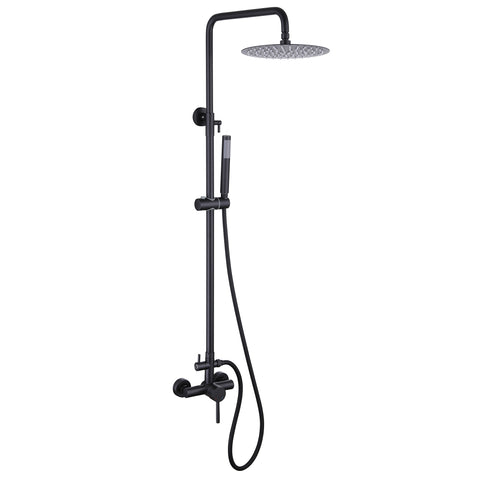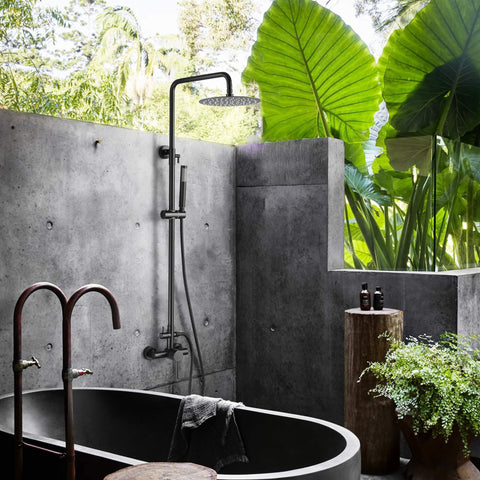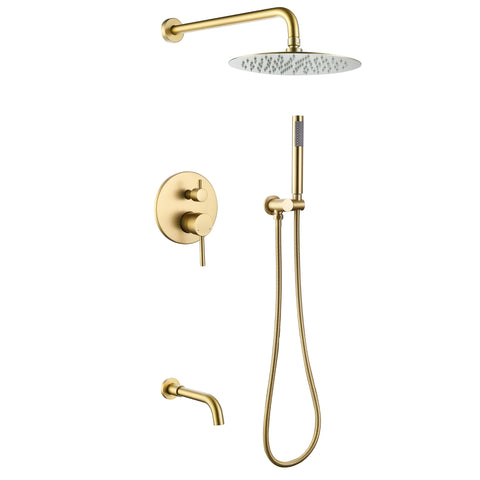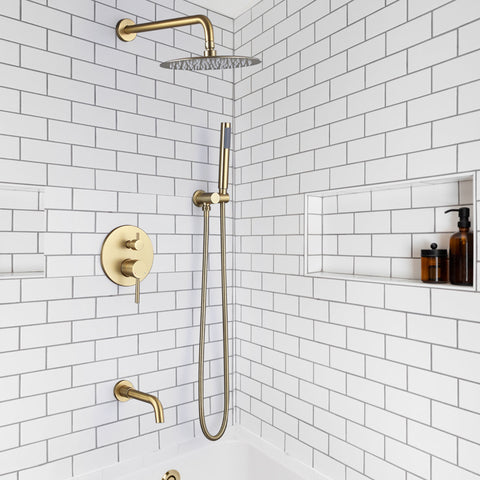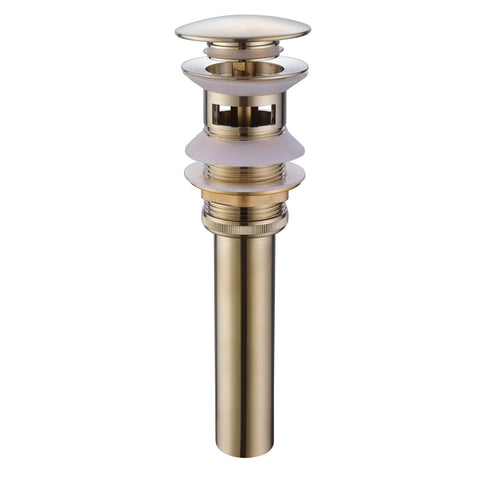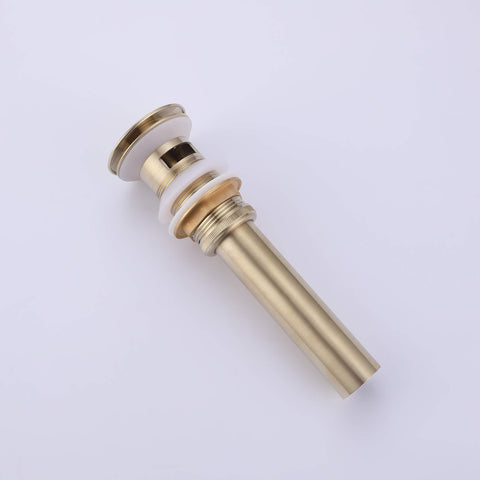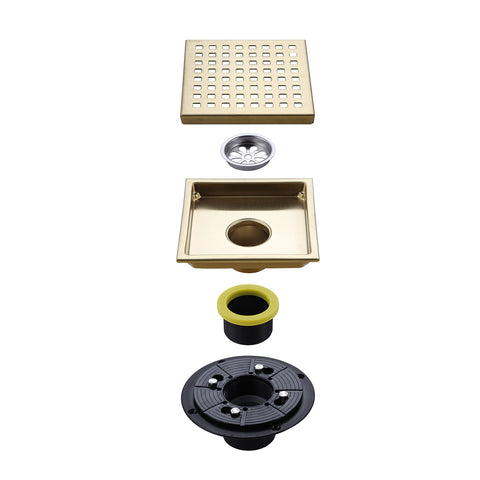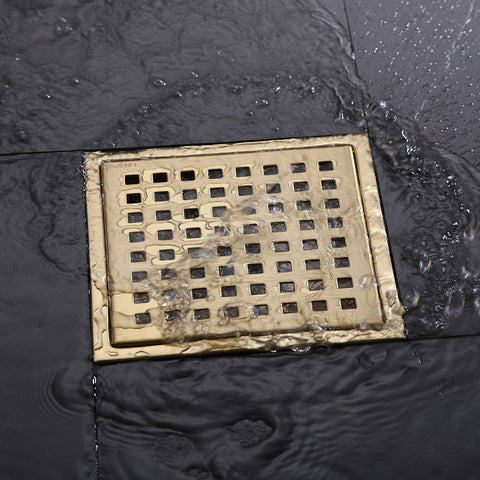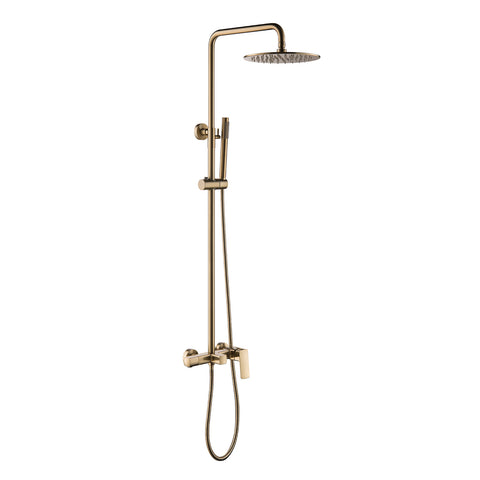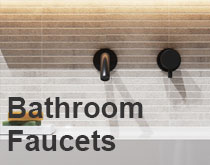How to Choose the Perfect Sink Drain for Your Bathroom Remodel?
Selecting the right sink drain is an important step in your bathroom remodel. A good drain not only ensures proper functionality but also complements your sink's style. Here’s a step-by-step guide to help you choose the best sink drain for your bathroom.
1. Measure the Sink Opening
The first thing to do is measure the drain opening of your sink. The size of the opening should match the size of the drain to ensure proper installation and drainage.
- Common Sizes: Most sink drain openings are 1 1/4 inches in diameter, but you might also find sizes like 1 1/2 inches and 1 5/8 inches.
- How to Measure: Measure the diameter of the hole at the threaded portion of the drain (the part that goes through the sink and countertop).
Tip: Always check the manufacturer's instructions for the recommended drain size, as this ensures compatibility.
2. Choose the Right Drain Type
Sink drains generally fall into two categories: pop-up drains and grid drains. Each type has its advantages, so choose the one that suits your needs.
- Pop-Up Drains: These allow you to close or open the drain, typically controlled by a lever behind the faucet. Ideal for temporarily holding water in the sink.
- Grid Drains: These have small perforated holes that allow continuous water flow. They cannot be closed and are excellent at preventing clogs.
Tip: Whichever type you choose, be sure to maintain a clean sink drain regularly to prevent build-up and ensure optimal performance.
3. Match the Drain to Your Sink Style
When selecting a drain, consider how it will look with your sink. The drain doesn’t need to match your faucet exactly, but it should complement the overall style of your bathroom.
- Material Options: Brass, stainless steel, and bronze are popular choices. Brass offers a traditional look, while stainless steel and bronze provide a modern, sleek appearance.
- Accent Style: Choosing a drain with a different material or finish than your faucet can create a stylish contrast and add visual interest.
4. Check If Your Sink Has an Overflow
Many sinks come with an overflow feature—a small hole near the top to prevent water from spilling over. It’s crucial to choose a drain that matches your sink’s design.
- Overflow Drains: Allow excess water to escape if the sink gets too full, helping to prevent spills.
- No Overflow: If your sink lacks an overflow hole, use a drain designed without overflow compatibility.
5. Use a Mounting Ring for Extra Support
If you have an over-the-counter sink (one that sits on top of the counter), it’s essential to choose a drain that includes a mounting ring. This provides extra support and keeps the sink securely in place.
Why It’s Important: A mounting ring ensures that the sink remains stable, especially if not fully supported by cabinetry underneath.
6. Installing the Sink Drain
Installing a pop-up drain is generally straightforward. Here’s a basic outline:
- Prepare the Area: Ensure the drain hole and surrounding area are clean and debris-free.
- Connect the Drain: Attach the drain securely to the sink.
- Check the Mechanism: If using a pop-up drain, test the lever mechanism for smooth operation.
- Seal the Drain: Use plumber’s putty or a gasket to prevent leaks.
Conclusion
Choosing the right sink drain enhances both the function and appearance of your bathroom. By following these steps—measuring, selecting the right drain type, matching style, checking for overflow compatibility, and proper installation—you’ll ensure your sink drain works efficiently and elevates your bathroom's design.
